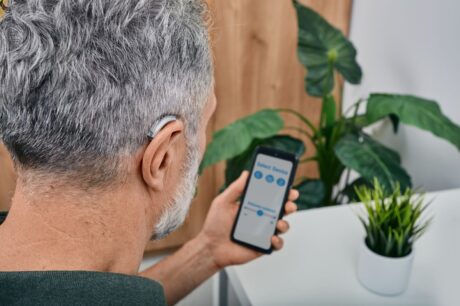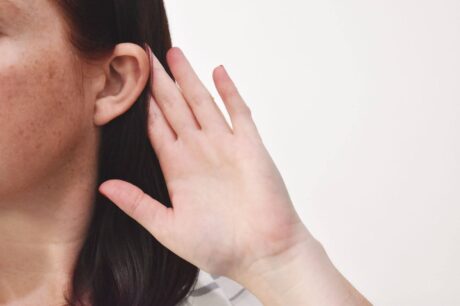In everyday life, hearing is rarely tested in silence. From bustling restaurants to crowded social gatherings, background noise is a constant companion. For those with hearing difficulties, understanding speech in such noisy environments can be a significant challenge. Speech-in-noise (SIN) tests are designed to assess how well a person can hear and comprehend speech amidst background noise, offering critical insights into their hearing abilities.
What Is a Speech-in-Noise Test?
A speech-in-noise test measures an individual’s ability to understand spoken words or sentences when background noise is present. Unlike standard hearing assessments, which take place in a quiet environment, SIN tests simulate real-world scenarios where speech competes with ambient noise.
These tests are especially useful for identifying challenges that might not appear in traditional hearing assessments. By replicating situations like noisy cafes or busy streets, SIN tests provide a clearer picture of real-life hearing abilities.
Why Are Speech-in-Noise Tests Important?
- Real-world application: SIN tests go beyond standard audiometry by assessing hearing in everyday situations. This is particularly important for environments like restaurants, meetings, or social events, where background noise often makes conversations difficult to follow.
- Diagnosing hearing loss types: Standard pure-tone audiometry may miss certain hearing challenges, particularly those involving speech clarity in noisy settings. SIN tests help identify specific types of hearing loss, such as difficulty processing sound in complex auditory environments.
- Customised hearing solutions: The results of SIN tests enable audiologists to recommend tailored hearing aid features, such as advanced noise reduction technology or directional microphones. These customisations enhance the user’s ability to navigate noisy environments effectively.
Types of Speech-in-Noise Tests
Speech-in-noise tests come in several forms, each designed to evaluate different aspects of hearing in challenging environments:
- Speech Reception Threshold (SRT): Measures the lowest volume at which a person can hear and correctly repeat 50% of speech material, offering insight into their baseline hearing ability.
- Speech Discrimination Scores: Assesses how well a person can understand speech at an easily audible level, scored based on the percentage of correctly identified words.
- QuickSIN (Quick Speech-in-Noise): A fast and efficient test that evaluates a person’s ability to understand speech amidst increasing levels of background noise, simulating real-world challenges.
- BKB-SIN (Bamford-Kowal-Bench Speech-in-Noise Test): Designed for individuals, including children and those with auditory memory issues, who may find more complex SIN tests challenging. It evaluates the signal-to-noise ratio loss using simpler sentence structures.
How Does a Speech-in-Noise Test Procedure Work?
A speech-in-noise test usually takes place in a controlled environment, such as a soundproof booth, to ensure accuracy.
The participant listens to pre-recorded speech, such as words or sentences, played alongside varying levels of background noise. The noise may include chatter, static, or other ambient sounds that mimic real-world environments. The individual is then asked to repeat what they hear, providing insight into their ability to distinguish speech from noise.
The audiologist evaluates the responses, scoring them based on the percentage of words or sentences correctly repeated. This scoring helps determine the degree of difficulty the participant experiences in noisy settings and guides further recommendations for hearing solutions.
When to Consult an Audiologist for a Speech-in-Noise Test

If you’ve ever found yourself struggling to follow conversations in noisy settings or questioning the performance of your hearing aids, a SIN test might be the next step. Here are some scenarios where consulting an audiologist is highly recommended:
- Struggling in crowded spaces: If understanding speech in noisy places is a constant struggle, a SIN test can uncover specific hearing issues.
- After hearing aid fitting: SIN tests are valuable for evaluating and optimising hearing aids to ensure they meet the demands of real-world use.
- Routine hearing checkups: SIN tests can be included in regular hearing assessments for individuals at risk of hearing loss, providing a deeper understanding of their auditory health.
Bringing Clarity to Everyday Conversations
Speech-in-noise tests offer a practical and valuable way to assess hearing in everyday situations. By identifying hearing challenges that standard tests might miss, they pave the way for more effective treatment and customised hearing solutions.
If you find it difficult to hear in noisy environments, consider booking an appointment with Listening Lab. Our comprehensive hearing assessments, including SIN tests, can help you take the first step toward better hearing and improved quality of life.


















